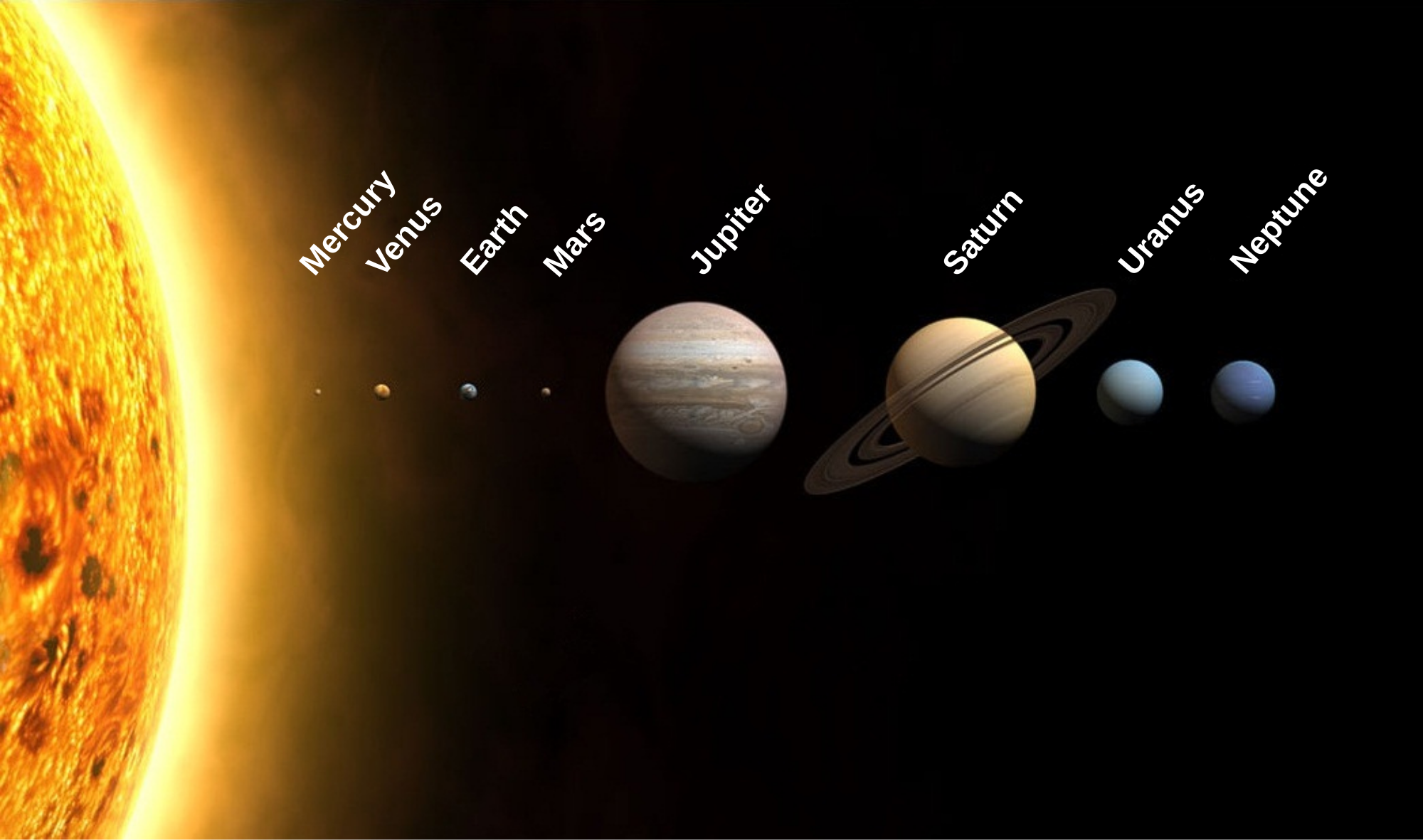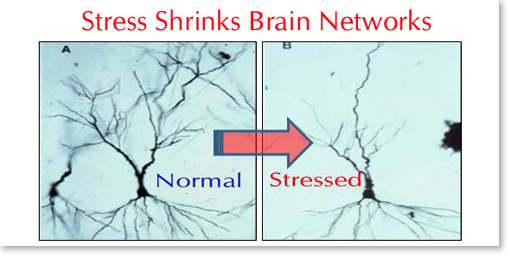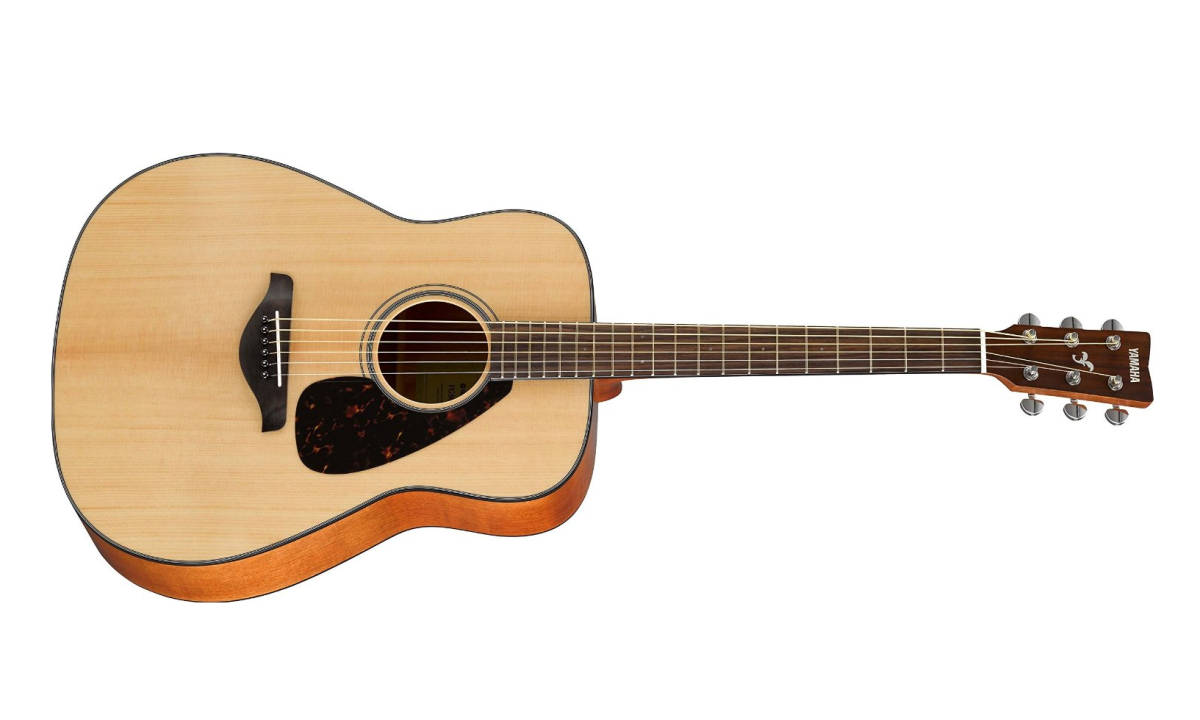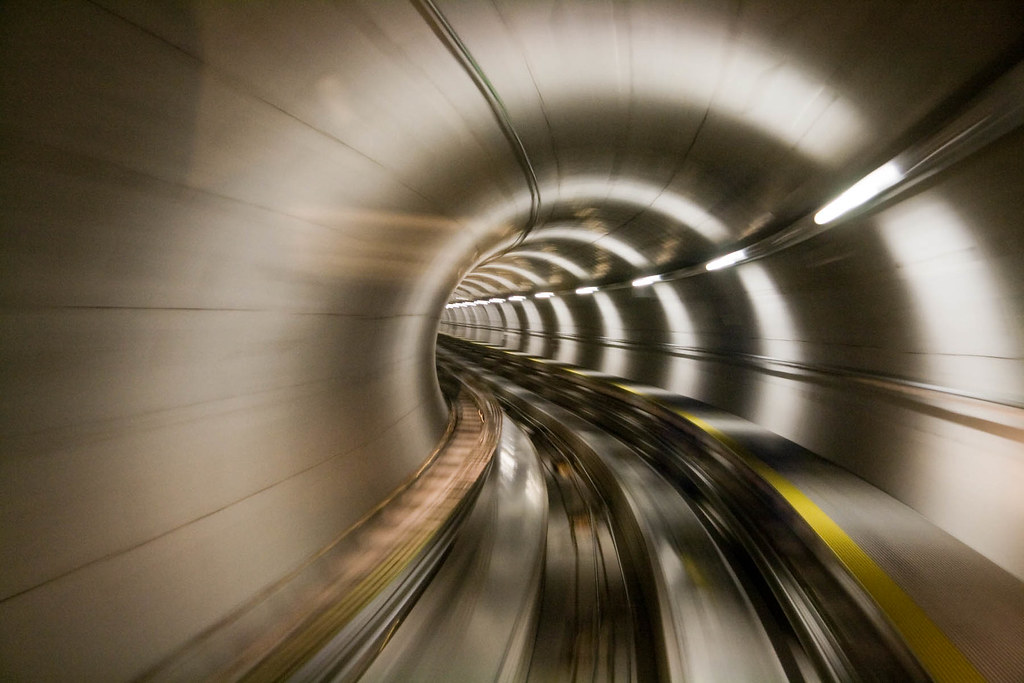Since the 80's and especially now, digital recording technology has been overtaking and dominating the music industry leaving analog recordings in the dust. However, recently many people have been arguing the benefits of analog sound recording. According to the article
Analog, Digital, What's the Difference? by Recording Connection, "analog sound tends to be warmer, has more texture and is thought to capture a truer representation of the actual sound."(para. 9). Digital, however, is described as "somewhat cold, technical and perhaps lacking in analog’s nuance."(para. 9). But which format of sound recording is better for me as a recording artist? Though both analog and digital recording formats have their pros and cons, I should record my music in a digital format. This is due to the fact that digital recording formats are cheaper, easier to work with, and more accessible to everyone.
If we decided to record in analog format, editing would be a tedious and difficult task for you, the producer and the studio. Analog tapes are hard to edit and worst of all, there is no undo button. One mistake and the recording will be ruined and we will have to start all over. In addition to this, tape hissing and static background noises that often comes with analog recordings are nearly impossible to fully get rid of. With digital formats, however, getting rid of background noise can be as easy as the click of a few buttons. "You can chop, edit and manipulate audio within a matter of minutes"(para.4), says Charmain2010 in his article Analogue VS Digital: Advantages VS Disadvantages. Overall, when it comes to easier editing in the studio, digital recording definitely wins.
There are also more benefits to digital recording than just editing. In addition to that, digital recording equipment also requires less maintenance and is cheaper. To create an analog recording, you would need a whole studio full of expensive and bulky equipment. For digital, however, you could create a whole soundtrack at home on your laptop. Also, in Chris Woodford's article Analog and Digital, he writes "You'll need several shelves to store 400 vinyl, analog LP records, but with an MP3 player you can put the same amount of music in your pocket!".
Another important factor that will determine my success as an artist is how widely distributed and available to the public my music is. We live in a digital age where everyone can connect and discover new things online through the internet. The biggest way to get my name and songs out in the world for the public to discover is through online social media sites like YouTube and Spotify. In addition to this, we could upload and sell our music online in places like I tunes. If we sold analogue records, listeners would be limited to those owning and interested in analog record players. We should take advantage of the many music sharing platforms online available to us and record in a digital format.
A common argument that is often brought up in favor of analog recordings is that they simply sound better and are of better quality. Steve Guttenburg wrote in his article, Why does Analog Sound Better than Digital?,"Music isn't a test tone or just a sequence of numbers. It's about soul, and when the music's good, it's supposed to connect with people...Analog-sourced music does that stuff better than digital"(para. 4). In reality, however this is incorrect. In the video created by PastVid, Analog or Digital (1993) it mentioned that "It takes a good stereo with a good turntable to hear the subtleties that CD's seem to miss"(2:16). The difference between the two are so slight, it doesn't really matter whether or not you are listening to an analog or digital recording since they sound the same. In addition to this, static and hissing background noise is commonly found in analog recordings and they degrade over time. Unlike with analog where the more you listen to an analog recording the worse the quality gets, digital CD's or files sound exactly the same every time you play it.
So which one do you think is the better option now? Digital recordings are efficient, cheap, highly distributive, durable, and basically sound as good as analog recordings. Analog recordings can be expensive, consume time and space to make, degrade over time, and more. Not to mention how little people own analog record players nowadays. It is obvious that I should record my music in a digital format because of digital's many pros.

























